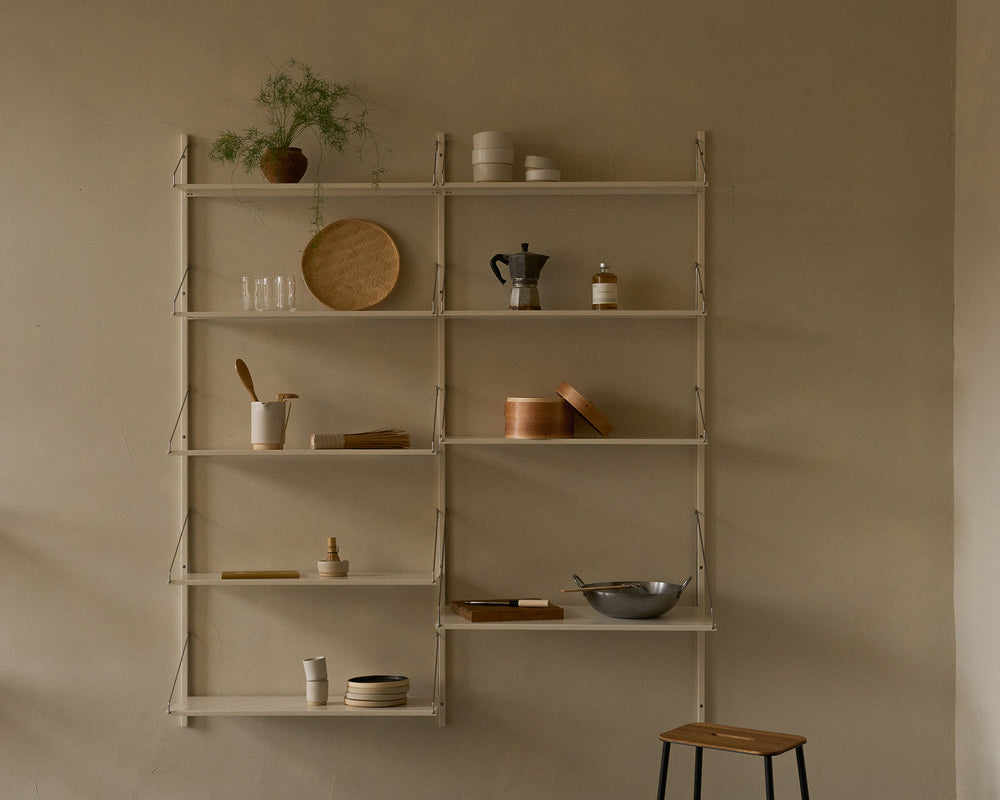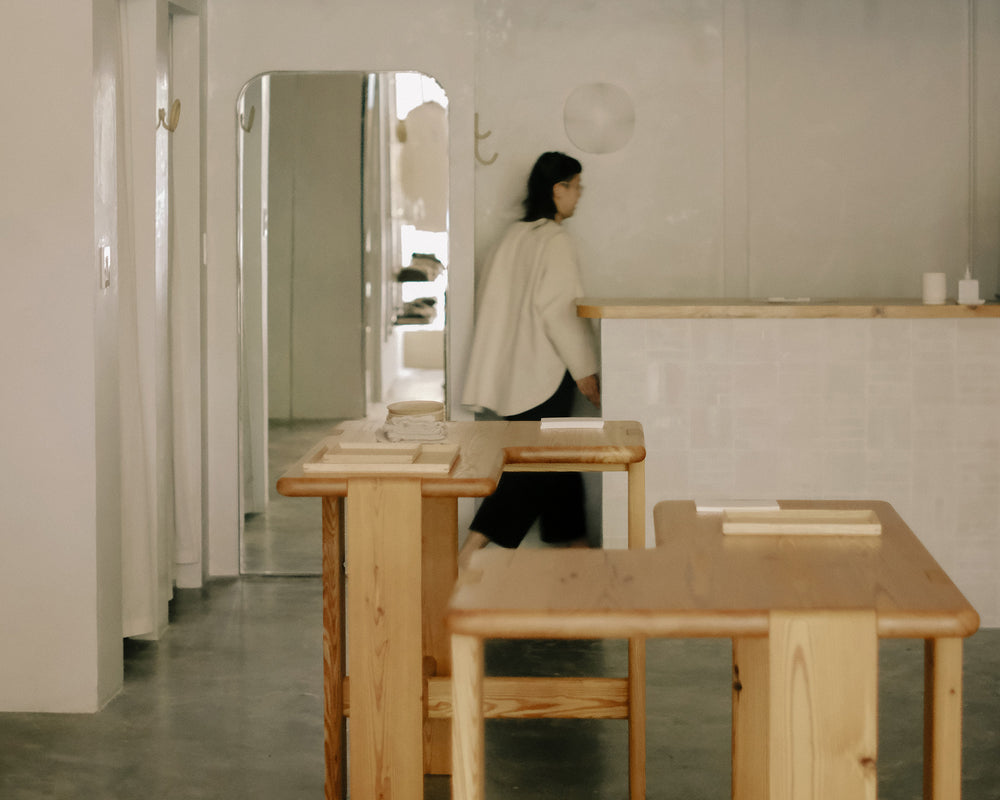
How to Care: Aluminum
Aluminum is a lightweight material characterized by its malleability, durability, and high strength to weight ratio. In our FRAMA collections, we use untreated aluminum to showcase the material’s natural qualities. This can often result in natural imperfections on its surface, making each piece unique. Moreover it is sustainable as it can be recycled indefinitely.
MAINTENANCE & CLEANING
Please use plain water or a mild soap/detergent. After cleaning the aluminum should be washed thoroughly and dried with a soft cloth to prevent streaking. Special care should be taken to remove any traces of cleaner from edges and rivets. Mind the fact that leaving any kind of liquid on the aluminums surface could lead to stains.
PLEASE NOTE: Natural materials will come with peculiarities and develop a characteristic patina over time.
For detailed instructions on how to take care of scratched aluminum see our Care Guide for Aluminum Furniture
How to Care: Cork
Cork is a natural, water-repellent and easy to clean material, which is malleable and hard-wearing. The cork we use at FRAMA is pleasant to the touch, exudes a comforting scent and boasts heat and sound insulating properties.
MAINTENANCE & CLEANING
In its natural form, cork is very absorbent, making it susceptible to water damage from spills. Therefore, spills should be wiped up immediately. Daily cleaning is done with a soft cloth using a ph-balanced wood or cork cleaning agent diluted in water. Avoid ammonia-based or harsh abrasive chemical cleaners. To remove stickiness or light soil, wipe with a damp cloth. Follow up by rubbing with a dry cloth immediately. Test in an inconspicuous spot before you do this because you do not want to damage the furniture, and never leave a damp cloth sitting on the surface.
PLEASE NOTE: Natural materials will come with peculiarities and develop a characteristic patina over time.
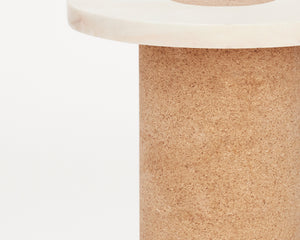
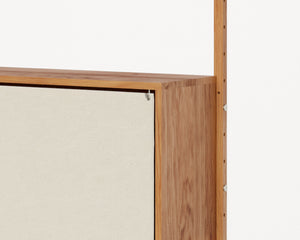
How To Care: Fabric
MAINTENANCE & CLEANING
The fabric is not washable and not preshrunk. The fabric is a natural greige fabric. The quality is very heavy & dense. The fabric is treated through a process called scouring. This is done to greige fabric in order to make it washable. Specialized machinery is used for this purpose.
We do not recommend to dry clean this fabric. If dry cleaning however is wished for, the fabric needs to be boiled in hot water with detergent & then washed afterward. However, the fabric is very sensitive and will loose its natural shape throughout this process.
How to Care: Glass
Glass is an inorganic solid material. Furthermore it is transparent, pressure and heat resistant. Glasses optical properties are not affected by aging. FRAMA’s glassware is designed to take traditional dining elements and reinvent them with an organic approach.
MAINTENANCE & CLEANING
Glasses can go in the dishwasher. Our glassware should not be used for beverages hotter than 70 degrees.
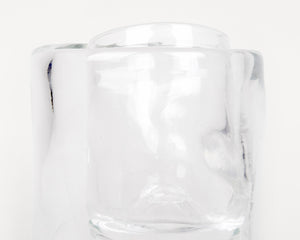

How to Care: Leather
Leather is a highly durable material which looks better with age. Furthermore it is odor resistant and very easy to clean. If scratches arise, they can easily be buffered out to keep the material smooth and healthy looking.
MAINTENANCE & CLEANING
The care of natural leather furniture preserves its value and ensures long-term use. Non-treated natural leather is highly absorbent as it has no protective coating, and therefore a darkened patina appears over time. Natural leather starts as a light tan/pink color and patinates to a dark amber hue. All collection pieces are for indoor use. In order to clean natural leather by wiping the surface with a soft cloth or dry, soft brush only.
TREATMENT
The treatment of leather is simple. Treat the surface with a leather cleaner and wipe the entire piece from edge to edge. This process may darken the furniture even after drying. One of the best aspects of natural leather furniture is developing a patina to a soft amber or honey tone over time. The material will evolve by absorbing oils from daily contact with your skin.
PLEASE NOTE: Natural materials will come with peculiarities and develop a characteristic patina over time. New leather products will change color rapidly once in use.
How to Care: Marble
Marble is a timeless material that if cared for properly can last many lifetimes. Moreover, it can be restored quite easily in comparison to other materials. The marble we use for our pieces at FRAMA is individually sourced from Portugal.
MAINTENANCE & CLEANING
This should be done daily with a soft cloth wrung out in clean water. Avoid using acidic cleaners or any type of harsh chemicals on the surface. There are various treatments for marble furniture, including wax, oil, and soap flake polishes, depending on desired finish. Below is one recommended treatment.
TREATMENT
1. Clean the surface using a clean cloth dampened with warm water.
2. Once the surface is dry, apply Vaseline oil to a clean soft cloth or sponge.
3. Rub the oil into the marble, treating the entire surface.
4. Let the oil soak for about two hours, then remove any excess oil with a soft clean dry cloth.
5. Rub the surface with a marble sealant, treating the entire surface of the furniture piece evenly.
6. Leave the sealant for two to four hours, or as the bottle instructions indicate.
PLEASE NOTE: Natural materials will come with peculiarities and develop a characteristic patina over time.
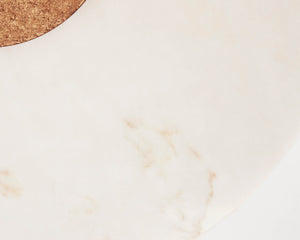
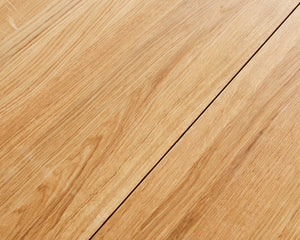
How to Care: Oiled Wood
To achieve an optimal result we recommend oiling your product twice a year. We recommend a natural wood oil. If not stated otherwise all pieces are for indoor use.
Cleaning is done with a soft cloth wrung out in clean water. Avoid using cleaners containing any type of chemicals on the funiture.
OILING TREATMENT
1. Clean the furniture using a clean cloth dampened with warm water.
2. Once the furniture is dry, apply oil to a clean soft cloth or sponge, do not pour the oil directly on the wood.
3. Rub the oil (we recommend the use of tung oil or hard wax oil) into the wood in the direction of the grain, treating the entire surface of the furniture piece.
4. Let the oil soak for about 20 minutes, then remove any excess oil with a soft clean dry cloth.
5. Rub the surface with a clean soft cloth until a uniform surface is obtained, then let dry.
PLEASE NOTE that the woods edges should be treated extra frequently to avoid dryness and cracking in the winter. If the surface is scratched it is possible to sand it down lightly and apply natural furniture oil afterwards. Irregular distribution of moisture in the wood can cause unnecessary cracks and gaps. To avoid this we recommend oiling both the top and bottom of the furniture. Be aware that oily rags and paper can ignite spontaneously and will be flammable in the oiling process. Air dry after use. Natural materials will come with peculiarities and develop a characteristic patina over time.
How to Care: Powder Coated Steel
MAINTENANCE / CLEANING
Wipe the products with a clean cloth wrung in water or in a solution of water and a neutral detergent. Best practice is to remove the soap residue immediately using a clean, dry cloth. Avoid using scouring cream or scouring pads, as they may scratch the surface. Do not use solvents or other chemical cleaners as they may have an adverse effect on the coating. Restrain from using acetic acid or citric acid.
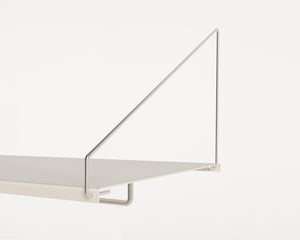

How to Care: Scented Candles
Discover FRAMA's Candle Care Guide
How to Care: Stained or Lacquered Wood
In order to maintain stained or lacquered wood, we recommend dusting and cleaning the product regularly to keep an optimal look. If not stated otherwise, all pieces are for indoor use.
Cleaning with a soft cloth removes dust and smudges and gives a smooth shine to the wooden surface. Wipe with a damp cloth to remove stickiness or other easily removable stains. Avoid using cleaners containing any chemicals on the furniture. Follow up by rubbing with a dry cloth immediately. Test in an inconspicuous spot before you do this because you do not want to damage the furniture, and never leave a damp cloth on the surface. Protect from water and other liquids, such as alcohol, food, or cosmetics. If the surface is scratched, it is possible to sand it down lightly and apply natural furniture stain afterward.
PLEASE NOTE that raw, natural materials will come with peculiarities and develop a characteristic patina over time.

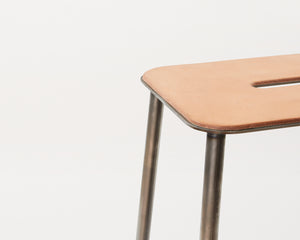
How to Care: Steel & Stainless Steel
Steel is a solid, silver metal which is very robust and offers maximum strength and durability. Our FRAMA collections feature Raw Steel and Stainless Steel comprised of steel and chromium. It is extremely resistant to corrosion, rust, and stains which makes it a perfect material to withstand the elements.
MAINTENANCE & CLEANING
Steel & Stainless Steel must be kept clean for a long material life. For routine cleaning, ph-neutral soap and water is sufficient when applied with a sponge or cloth. This is likely to be needed only 1-2 times a year, as this material is quite resistant to oxidation and retention of residue. After cleaning, the Steel or Stainless Steel should be washed thoroughly and dried with a soft cloth in the direction of the grain to prevent streaking. Some of the metals in the FRAMA collection are left untreated to allow for a natural patina to develop over time.
PLEASE NOTE: Natural materials will come with peculiarities and develop a characteristic patina over time.
How to Care: Stoneware
Stoneware is a type of non-porous ceramic which has been fired at high temperatures. It is characterized by its durability. Moreover, stone made ceramics are thicker and more opaque than porcelain. Each of FRAMA’s ceramics is crafted and glazed by hand, making it unique.
MAINTENANCE & CLEANING
Establishing a cleaning routine for your stoneware items from day one is very important. They also are dishwasher safe up to 70 °C. To achieve optimal results, we recommend avoiding harsh detergents that are citrus-based as they could remove any gloss or lacquer. Additionally, renounce from using metal pads to clean your stoneware but opt for gentle nylon pads instead.
PLEASE NOTE: Be aware that stoneware is sensitive to rapid temperature changes. Always make sure your stoneware is brought to room temperature before cleaning, otherwise cracks and chipping might occur.
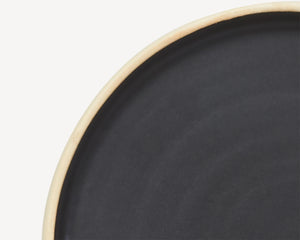
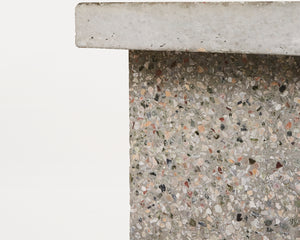
How to Care: Terrazzo
A composite material of marble chippings set into cement, terrazzo originated in 16th-century Italy as a way to reuse stone offcuts. Other elements which the material consists of include chips of quartz, granite, glass, or other suitable materials.
MAINTENANCE & CLEANING
Cleaning your terrazzo furniture with a damp cloth is sufficient in order to maintain it. Natural cleansing agents should be used as harsh chemical cleansers and sealers can damage the structure of the material. After cleaning, rinse the cleansing solution from the surface by wiping or mopping. Rinse with ample clean water. It is important to keep the floor wet during this entire cleaning process so the dirt and cleaning residue does not dry on the surface.
How to Care: Towels
Visit FRAMA's Towel Care Guide
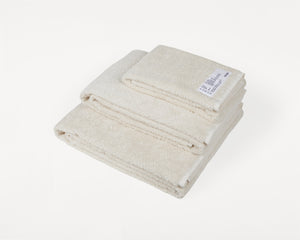
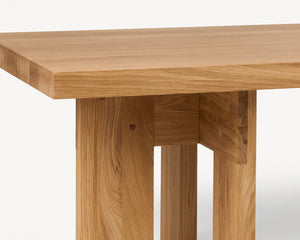
How to Care: Wood
Wood is a timeless and durable material intended for long-term use across a wide range of our design products. Wood grain found on each piece is unique and varies, making your FRAMA product unique to you and only you. Our producers hand-select each plank of wood.
MAINTENANCE & CLEANING
Daily cleaning can be achieved with a soft cloth wrung out in clean water. Avoid using cleaners containing any type of chemicals on the furniture. Cleaning with a dry, soft cloth removes dust and smudges while giving a soft shine to the wood surface. To remove stickiness or light soil, wipe with a damp cloth. Follow up by rubbing with a dry cloth immediately. Test in an inconspicuous spot beforehand so as not to damage the furniture, and never leave a damp cloth sitting on the surface. If the surface is scratched it is possible to sand it down lightly and apply natural furniture stain afterward.
PLEASE NOTE: Natural materials will come with peculiarities and develop a characteristic patina over time.

